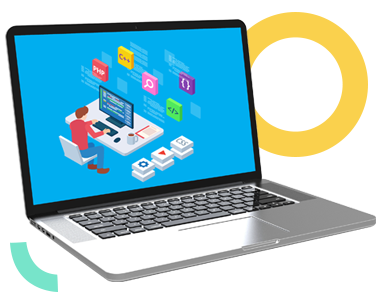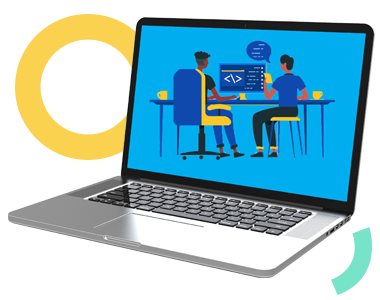Web Design, in simple words, describes the appearance, layout, and user experience of any website. It primarily focuses on the user aspect of the website by keeping website development aside. In website design, appearance encompasses colors, fonts, typography, and images, layout usually involves site architecture and functionality. A sound web design is easy to use and fits well on every device.
Responsive Web Design
A responsive web design is created in a way that fits well with every device and browser space. Responsive web design is a fluid process. Thus, it responds well to changes in width and height by adjusting the placement of the layout with ease.
- A responsive website offers a uniform and seamless user experience on all browser windows and mobile devices
- Responsive web design is SEO friendly
- Responsive web design is easy to implement
- It offers consistency across every platform
- It is best for search engine ranking
Designing a website is similar to designing the interiors of any house. A good web design works as a portfolio for any online business. It also highly influences the amount of time your visitor spends on your website.
Research & Analysis
The first phase of web designing involves identifying the goals and purpose of any business. It is arguably the most important phase of website designing as this sets a roadmap for the entire project.
The following questions need to be answered before proceeding to the next stage:
- What is the nature of the business?
- What is the primary aim of the website?
- What are the key attributes of your brand?
- Who are the existing competitors?
Sitemap and Wireframe
An accurate sitemap works as a blueprint for a well-designed website. It provides both web designers and clients an idea about visual design and content ideas. Creating a wireframe can serve multiple purposes which can help your business in the long run
- Connects the website’s structure with visual designs
- Serves to allocate space for icons placement
- Assists to identify intended functionality
Conceptual Elements
The design elements like color choices, typography, HTML and CSS styles, and logos are put together as per the client’s interest. Visual designs highly determine the look and feel of any website.
Quality visual contents and elements like images and videos are highly engaging, that contributes to bringing click and revenues. They also communicate well with the readers and enhance readability. So, designers well-size images and videos to save on page-load speed.
Testing
Once the design and content of the website are fixated, the next phase is testing. This phase encompasses steps like making sure the design is sleek on screen sizes with flexible grids and device width, and if not, fixing them. The page load speed is also taken into consideration to ensure that the webpage loads as fast as possible. The website is tested across every device to ensure that it is robust and runs with ease.
Launch
If the website passes through the test, and if the client is happy, the website becomes ready to hit the ground. While sometimes there may be some elements that need fixing, a few twists and tweaks can be done in no time.
Web designing is a fluid process, and it always requires pampering. Tinysol offers customer support solutions even after the website goes live because remember, your success is our success.
The content management system is a web-based application that allows its user to build a website and manage its digital content.




















 Start of Tawk.to Script
End of Tawk.to Script
Start of Tawk.to Script
End of Tawk.to Script